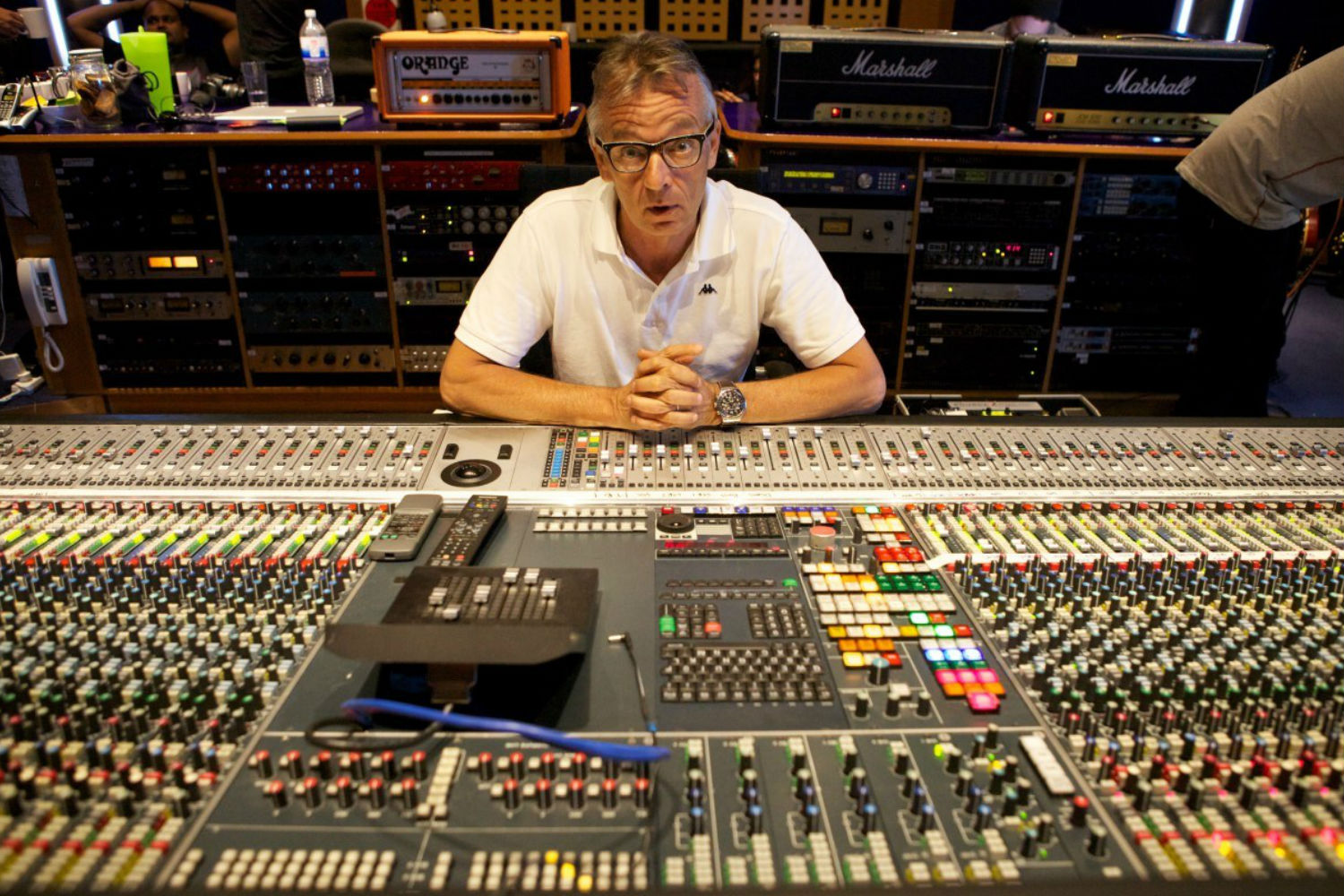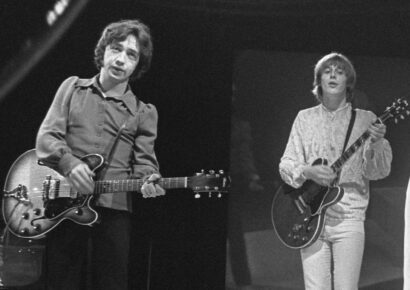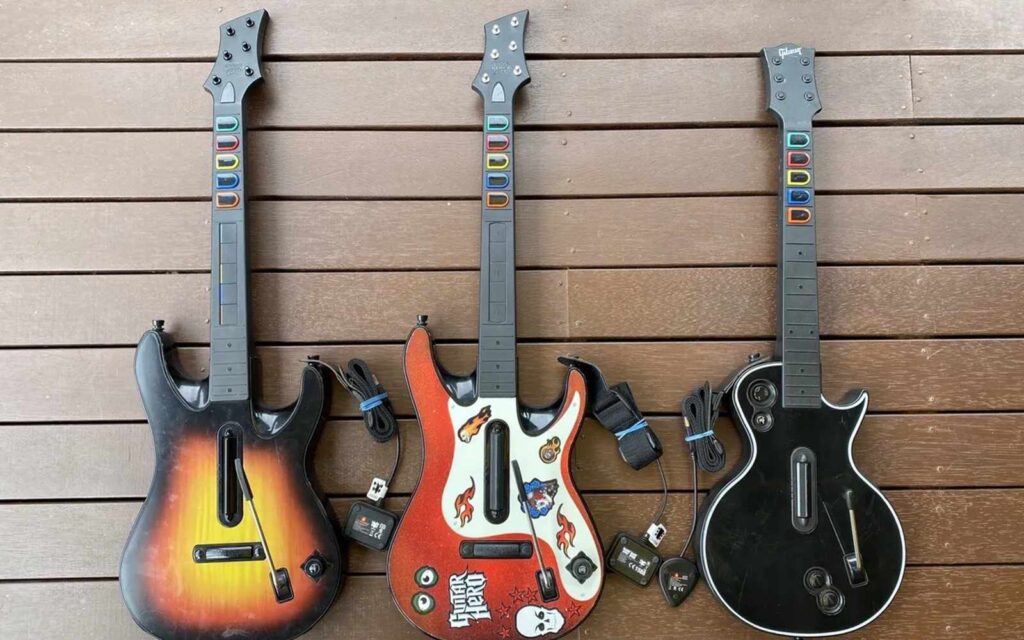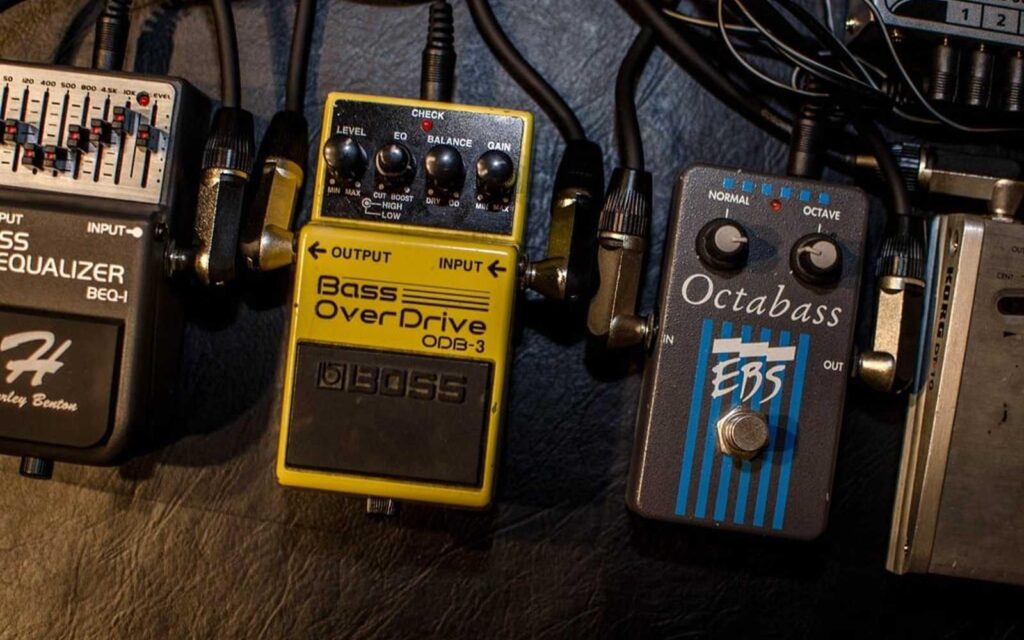We chat with one of the most influential Australian producers of the 20th century.
Mark Opitz is a name synonymous with classic Australian rock. In a career spanning decades, he’s produced, mixed, and engineered numerous classic Australian rock albums for iconic acts such as The Angels, INXS, Divinyls and Cold Chisel.
Recently awarded the Order of Australia for contributions to the performing arts in the area of music production, the sounds created by Mark helped to define an entire era of Australian rock music. His break-through as a producer came with production duties on The Angels’ 1978 album Face to Face. Developing the signature sound referred to by Mark as ‘sophisto-punk’ his guitar production approach was distinctly identifiable as a key element of the mix.
I met with Mark over coffee to discuss the project, and the production approach used to create this sound. Curious about what inspired this approach we discussed the broad motivation behind producing the album.
“In that era punk had started to influence the mainstream, but we hadn’t quite arrived at the new wave, hence the term ‘sophisto-punk’,” he says.
“Vanda and Young had handed me The Angels as a project, and the production aim was to move them towards being more commercially viable.”
The Angels’ debut album had almost country overtones before Mark and the band established their distinctive hard rock guitar sound.
“I had to reimagine what I was going to do with them from a production perspective. Listening to Graham Parker’s debut album I recognised that punk had evolved and become more sophisticated. In response to this realisation the percussive eighth-note feel of The Angels’ guitars sound then became a focal point.”
Delving into the technicalities of the production process, you get a sense of the attention to detail that has gone into the work that Mark Opitz has produced. A characteristic that has delivered multiple awards, and significant commercial success over his career. What amplifier was used to develop this particular sound, I ask?
“Before the Marshall JCM series was produced, we used the Marshall JMP series heads,” Opitz says. Working with Alberts and AC/DC, I had access to AC/DC’s large amp locker. I spent weeks looking for the combination of the right head with the right speaker.
“I went through about eight heads and sixteen quad boxes, individually listening to each speaker and marking it down in a matrix, before settling on the combination of a specific head with a specific speaker. It was then a case of finding the ‘sweet spot’ of the amp. That’s the point where it’s operating without speaker distortion, but at a gain level that’s going to produce the energy of the sound I was after.”
So what guitars were used on this album?
“John Brewster was playing a Les Paul Gold Top and Rick Brewster used an Epiphone Casino,” Opitz reveals. “Playing style is so integral to getting a quality sound, as you don’t want a guitarist thrashing the guitar. A light touch means that there is less speaker distortion and a cleaner, more punchy sound. Malcolm Young was a master of this.”
The sound of The Angels’ guitars is referred to by the band and Opitz as the ‘nick-nicks’, signifying to the driving percussive feel of the playing. I then ask Mark about the microphone selection and placement for capturing Face to Face’s guitar sound, having previously read about the Shure SM57/ AKG C414 off-axis combination Mark had used on other albums.
“No, that technique was later on around the Jimmy Barnes era,” recalls Mark.
“The guitars for Face to Face were all recorded with a single Neumann U47 FET, slightly off axis. The FET (field-effect transistor) version of the U47 gave a much more direct sound than the older valve U47’s. I much preferred the FET sound due to its clarity.”
One of the characteristics of the Neumann U47 FET was its ability to handle higher SPL (147dB), as opposed to the valve version which started to break up at around 120dB. This made it an ideal choice for recording loud guitar amplifiers cleanly.
“The valve version produced too many additional harmonics, so using the FET was a conscious choice,” Opitz says.
So where was the album recorded, and what particular desk / preamps were used?
“The album was recorded at Alberts Studios in Sydney using the Neve 8024 desk which had Neve 1073 pre-amps and EQ. There was no EQ going to tape apart from just a 40HZ roll-off,” suggests Mark.
What about the mixing process?
“With the guitars, I added a little at 4.1kHz and a little at 10kHz. With the overall mix you have to remember that everything in that era was mixed for mono using a single Aurotone speaker. This was because everything had to translate to AM radio in those days,” Opitz says, critically analysing his handiwork behind the boards in retrospect.
“Listening to the mixes now, I would definitely add another 2dB to the vocals, because in the translation to stereo, some of that level is lost. The processing of guitars in the mix was relatively simple. I used an EMT 140 ISO Plate reverb with 1.5 – 2 seconds reverb time, as well as the Cooper Time Cube to add delay to the guitars. Compression was mild at around a 3:1 ratio on the Neve 2254 mono compressor.”
The guitar sounds for Face to Face evoke energy in its purest form, taking inspiration from the evolution of punk stylised guitar rock with an Australian twist, with Opitz’s masterwork setting him up as a pivotal figure in the evolution of Australian rock as we know it today.
Never miss an update – sign up to our newsletter for all the latest news, reviews, features and giveaways.




